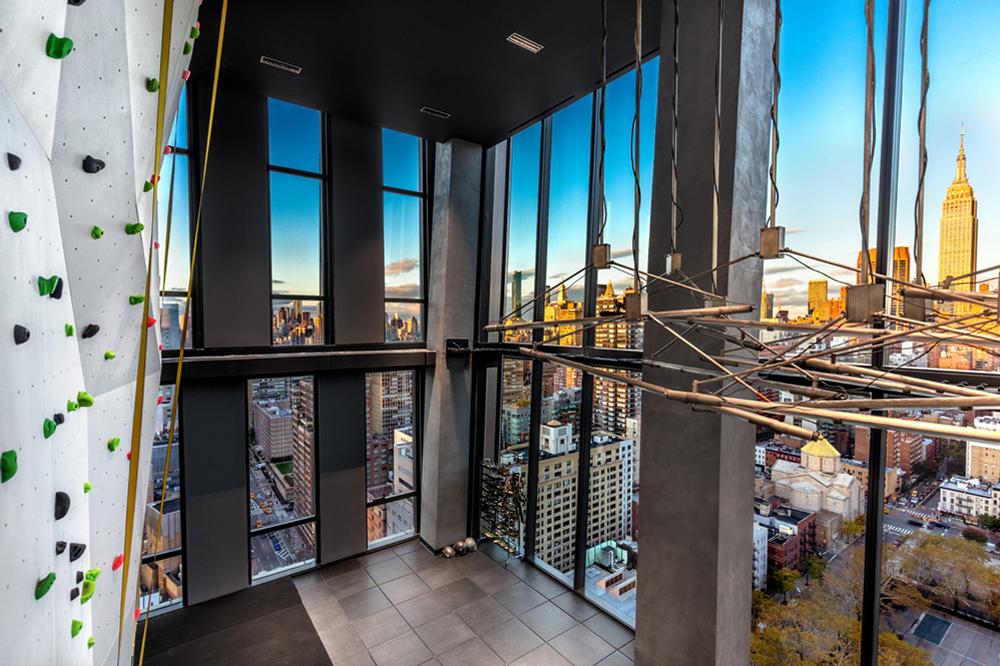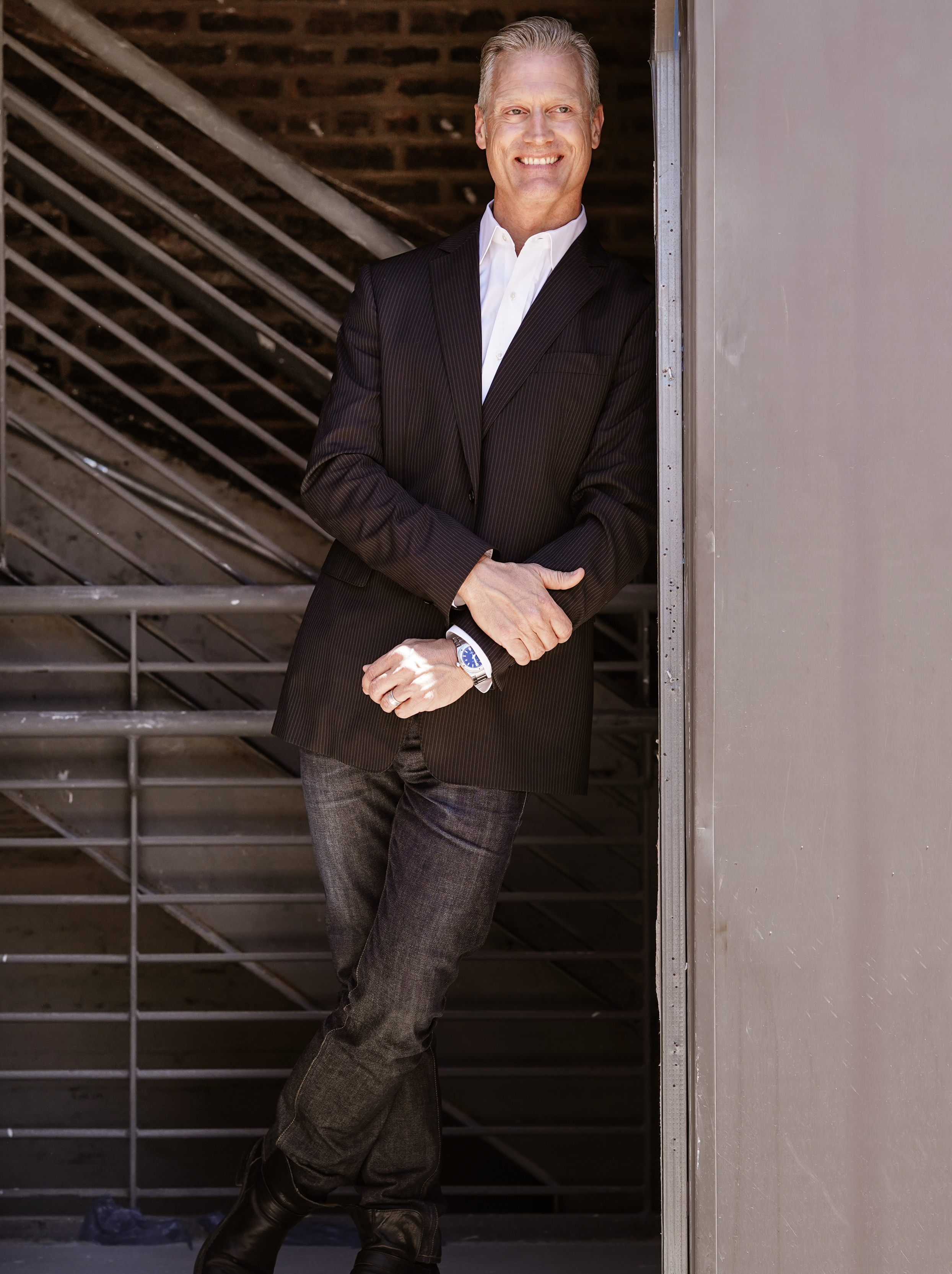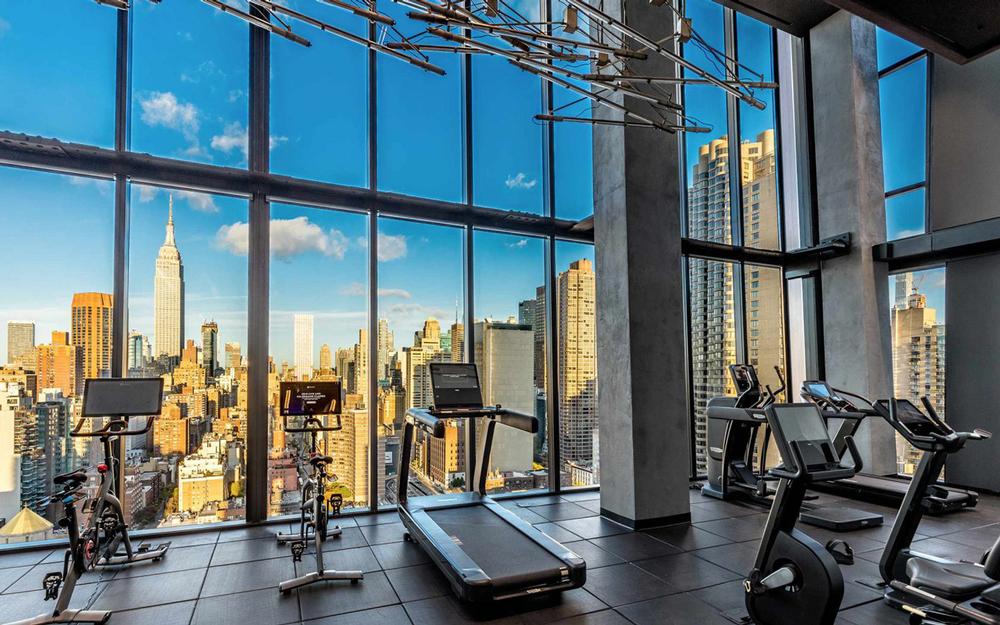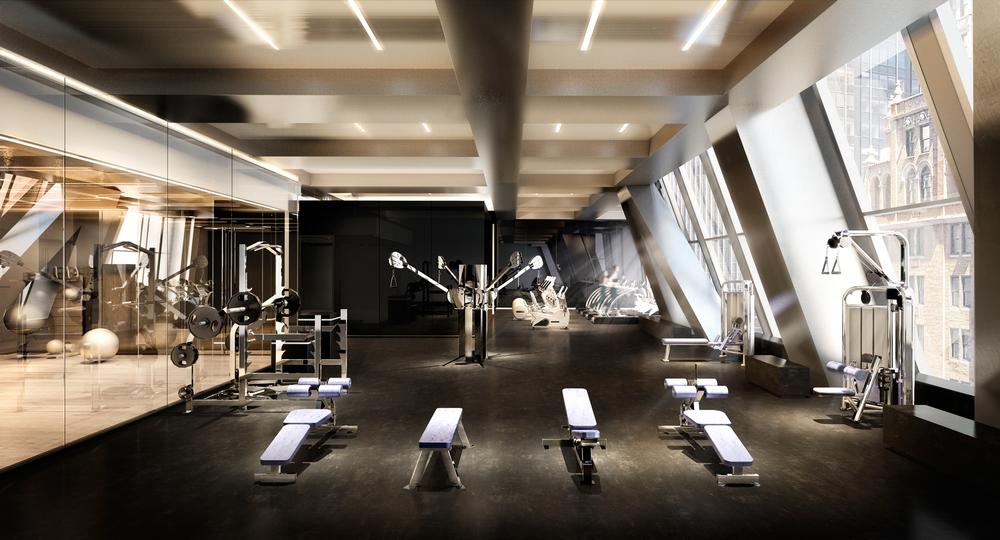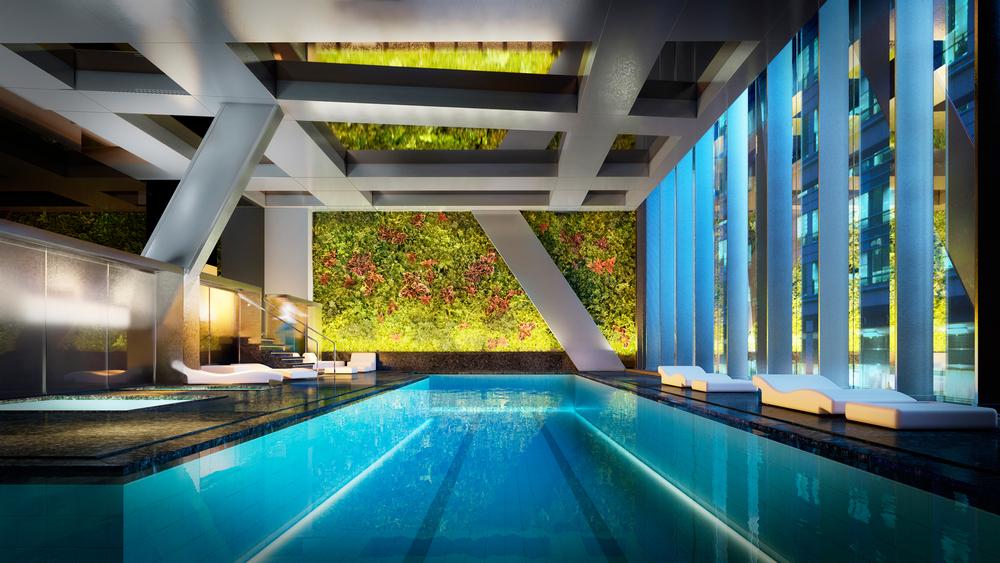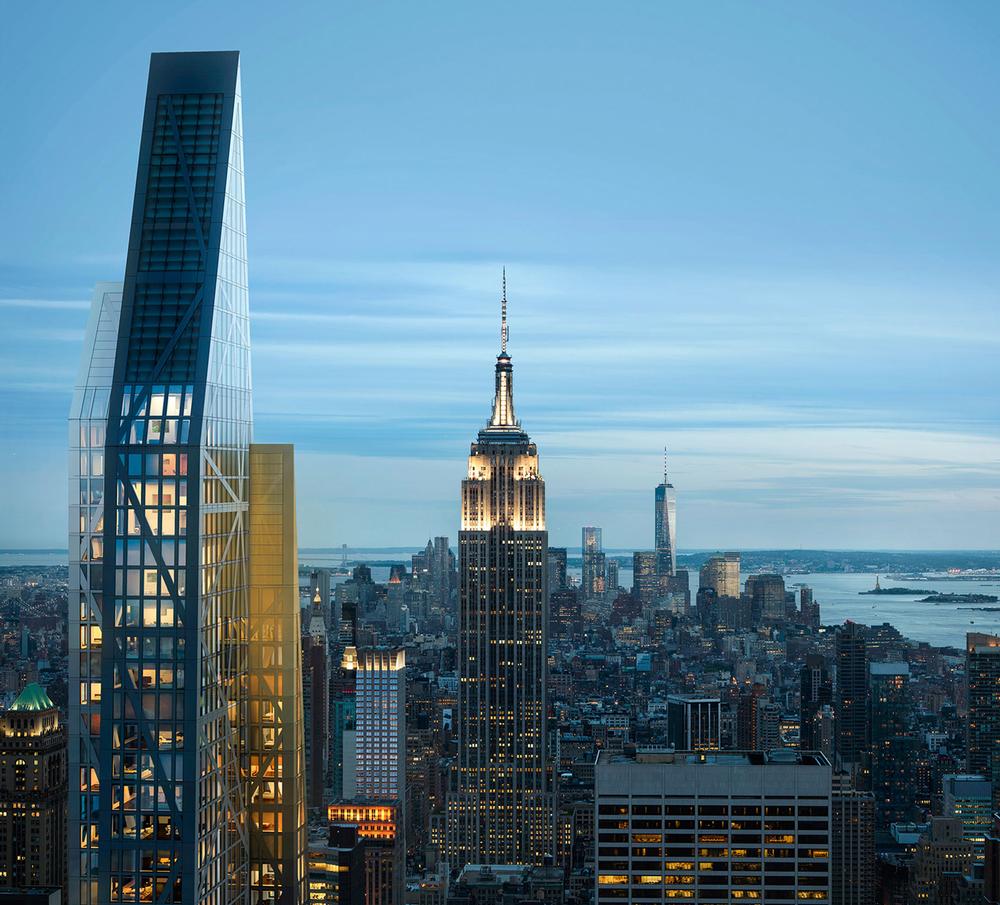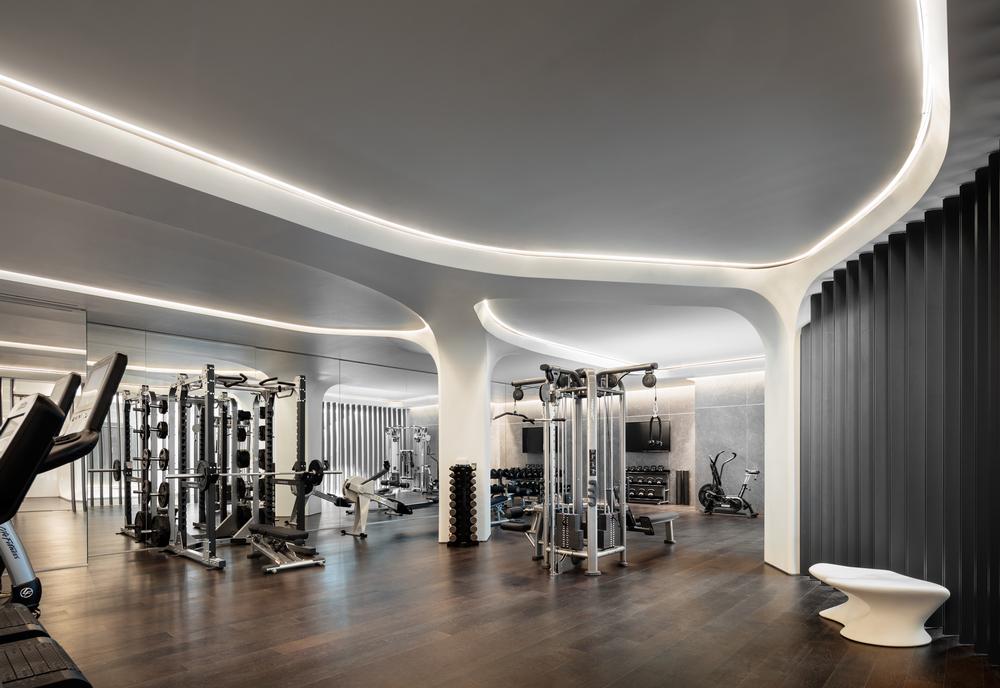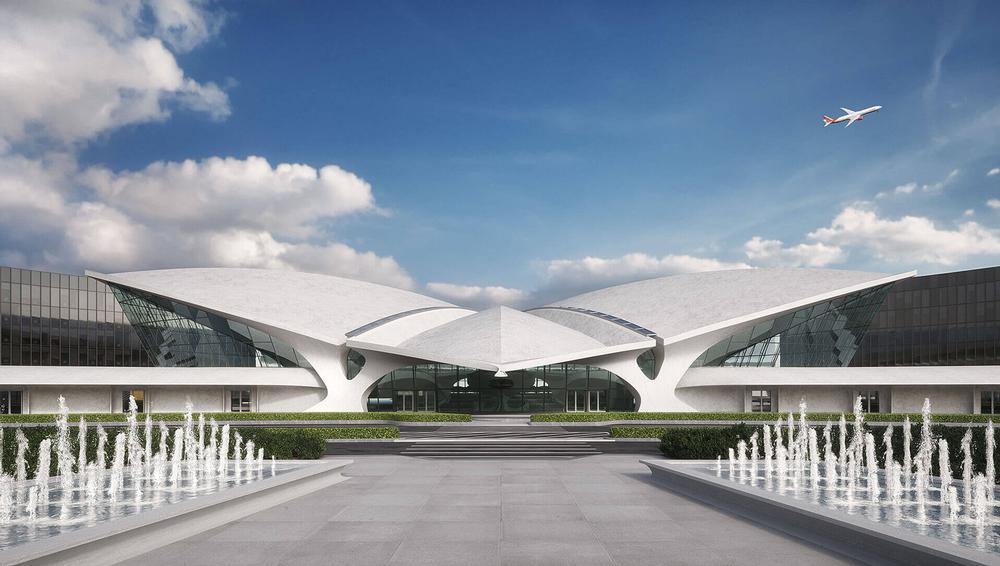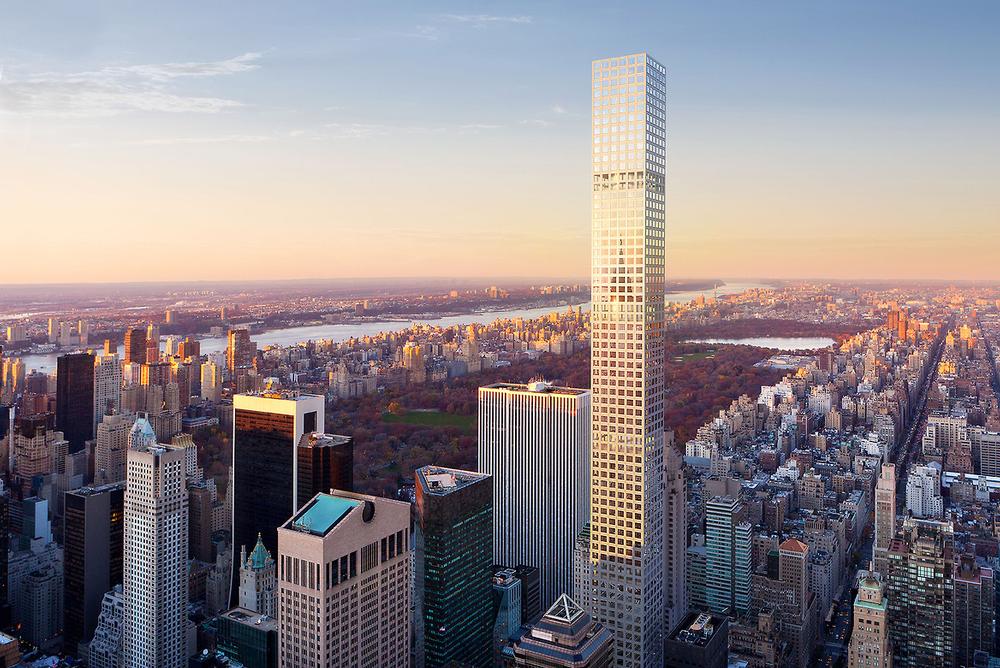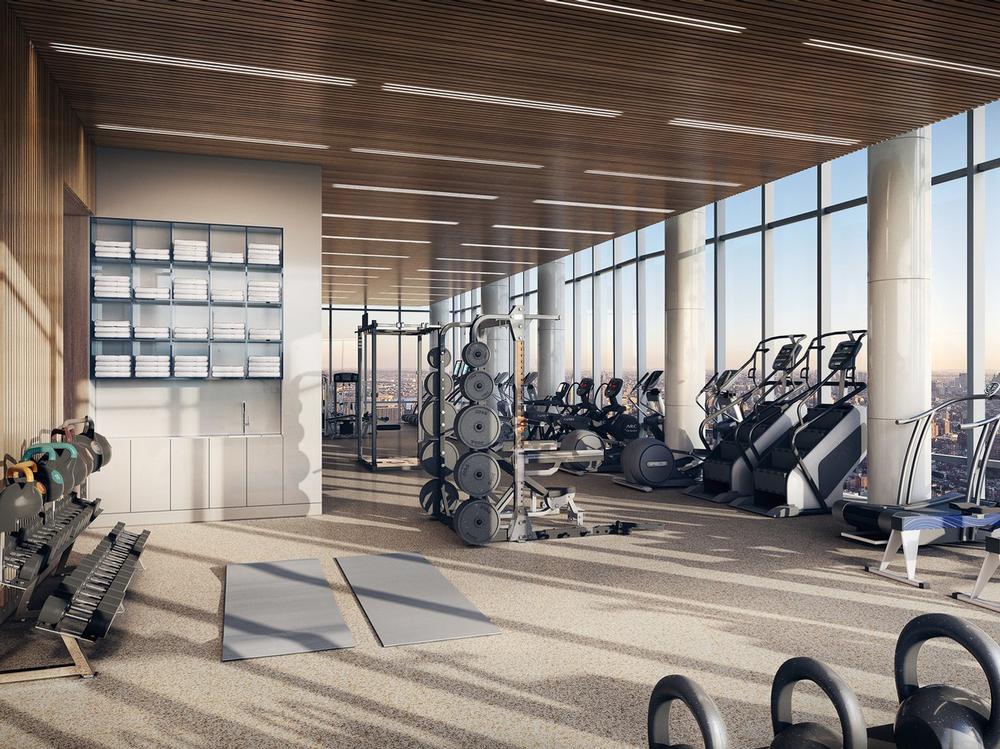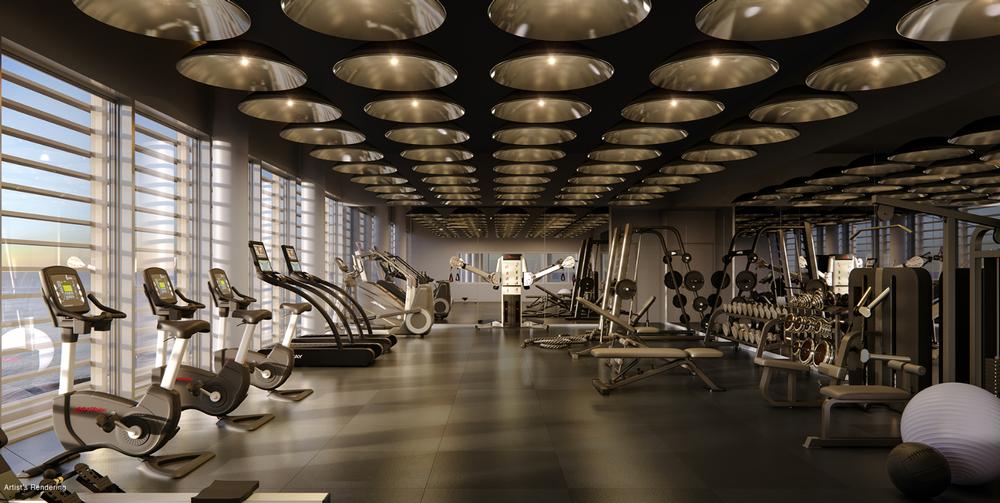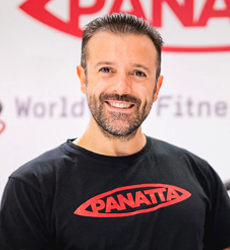What’s your background?
My background is as a personal trainer and strength coach. Before launching The Wright Fit in 2007, I used to co-own what was then the largest private training gym in Manhattan, which my then business partner and I ran between 2004 and 2012. I left in October 2012 to focus on The Wright Fit and he continued to run the gym until it closed in early 2016.
The gym, which measured around 10,000sq ft, was called Peak Performance and was dedicated to personal training: we averaged around 125 personal training sessions a day. We were ahead of our time in our training methods, with a lot of athletic modalities: we were the first commercial facility in New York to have pushing and pulling sleds, and the first to really feature Russian kettlebells, sandbags and so on on the training floor.
Our focus was very much functional, offering training movement patterns and performance-based training, where most of the large commercial gyms were still predominantly using equipment with a fixed path of motion.
How did you come to set up The Wright Fit?
It all started in 2002, before Peak Performance, when I met Barry Sternlicht. At that time, Barry was CEO and chair of the Starwood Hotels Group and his passion project was the W Hotels. He was considering introducing a spa or gym into that brand.
I spent about a year consulting with Barry on the potential for a line of gyms called The Wright Gyms, which was going to be for the Ws worldwide. But at the beginning of 2004, he stepped down as the CEO and chair of Starwood Hotels, so our plan was put on the back burner. That’s when I decided to accept a partnership offer at Peak Performance.
Throughout my first few years at Peak Performance, I would look at ways to expand our business – to get more work for our trainers – and I started exploring the residential market. It was a sector that was seeing more development in New York and I felt it had a lot of parallels with hotels.
Around 2006, a client of mine – an architect – asked if I could design a small home gym in New York for a gentleman by the name of Peter Monk, who was one of the wealthier guys in Canada. I did that and got to thinking that this might be a decent business, so I spoke to another client and friend – Dan Loeb, founder and CEO of New York-based hedge fund Third Point – about my idea of starting up a consulting company for residential development.
That resulted in two things: firstly, his support for the business, which I set up as The Wright Fit; and secondly, he asked if I would design the gym in the New York condominium where he had just bought a penthouse that was still in development – 15 Central Park West. He knew, from personal training with me, that I would do it right. I met with the development company, pitched against five other companies to design the health and fitness centre, and ended up winning.
In 2007, this became our first design project and installation; we then took it on as a full management contract in 2008 and still manage it today. It’s a 14,000sq ft facility, so it was really ambitious for the residential sector at that point, and even today it’s still considered the most successful real estate project in New York City’s history. We were really fortunate to pick up that project as our first endeavour as a business. It’s an amazing building with amazing residents, and our facility really has stood the test of time.
What’s the concept behind your gyms?
Human beings were designed to run, jump, lift and carry things. Unfortunately, society has evolved in a way that promotes a sedentary lifestyle, which is creating massive physical, emotional and mental dysfunction on a global scale.
When we design gyms, we’re creating spaces for training movement patterns in all three planes of motion, allowing individuals to reconnect with their inherent nature and engage in a more dynamic lifestyle.
If you want to work with a PT and do some elite-level training, our facilities allow for that, but if you just want to go in and train on your own, you’ll get a good return for your time and energy. With consumers’ growing interest in fitness as a lifestyle, we’re finding the people who walk into our facilities already have a pretty good fundamental understanding of how to use them. But our facilities also grow with you; as your knowledge base grows, the facility will allow you to use what you’re learning.
Our designs do of course help: we believe design is extremely important in motivating people. We take into account how design affects people’s personal energy. We look at flow, at zoning, ensuring every detail has been thought of. We allow a lot of space for people to move. We cherry-pick all our equipment too, all of which is tried and true, and we incorporate training modalities that stand the test of time.
Each location is unique, working in collaboration with the architects and interior designers, but no matter how big it is – from 1,000sq ft to 60,000sq ft – you know you’re in a Wright Fit facility. We don’t try and reinvent the wheel each time. We know our wheel works really well. That’s why people hire us.
I would also say we’re unique in that we specialise in design, programming and operations – and we do so at a commercial level but in the private context of being in a building where you have a captive audience. That requires a whole other level of management and hospitality, because you’re in someone’s building – in their home or their workspace.
What came after 15 Central Park West?
Everything slowed down in 2008 when the financial crisis hit, but it picked up again in late 2010, early 2011. That marked the beginning of the luxury residential boom we’re seeing globally, but especially in New York and some of our larger markets in the US.
A lot of developers were coming to see 15 Central Park West, to understand what made it so successful, and we got a lot of interesting design projects off the back of that. Since 2008, we’ve been involved in well over 140 projects globally.
The majority are in very high-end luxury residential developments, but we also work with hotels and corporates. We’ve worked and collaborated on facilities as far west as Honolulu; we’ve done several projects in San Francisco, LA, Chicago; we’re active in Boston, Washington DC, all over the New York area, Miami. We’ve worked in Europe and we’re working for the largest developer in India right now, DLF, on its most ambitious residential project to date – a very large-scale building just outside New Delhi that has approximately 75,000sq ft of amenities, including around 12,000sq ft of fitness and 12–15,000sq ft of spa. This wellness aspect is where we come in, through our design and consultation arm.
How many facilities do you manage?
We originally started out as a consulting firm with a primary expertise in design, and we do still design a lot of facilities that are either managed by someone else, or else not managed by anyone. But we also started to convert a lot of our designs that were local – in the New York market – to management contracts. For these contracts, we recruit all the staff, do the budgeting and run the facility as if it were ours, but on behalf of the development.
Our trainers are the cream of the crop: we only work with those with a minimum 5,000 hours of practical experience, and they also have to meet high levels of educational criteria.
We currently have 18 facilities that we manage in the residential, corporate and hotel markets, with around five more pending installations this year. We’re looking to close this year with around 24–25 facilities under our management.
Our other core competency lies in the provision of services within our facilities: personal training, aquatic/swimming lessons, group training, soft tissue therapy. The latter can be anything from traditional massage to medical massage, applied kinesiology to neuro-muscular therapy.
All of these services can be offered even in the facilities we don’t manage, and in fact this is an area of the business we’re looking to expand. We’re discussing a potential engagement with The We Company at the moment, for example, and we’ve had other people come to us – developers and operators – who are seeking to grow globally. In these scenarios, we essentially become a recruiting firm – recruiting staff on demand, training and developing them, giving them our programmes. Those staff could even be mobile, going wherever and whenever needed.
I certainly believe we have the potential to expand our platform for management and services not only nationally, but also globally, over the next couple of years.
One of your latest projects is the TWA Hotel at JFK in New York. Tell us more…
The TWA Hotel at JFK Airport is one of our more recent installations and designs, which we’re managing and operating on behalf of MCR – a large hotel operator in the US.
At around 12,000sq ft, it’s being billed as the largest hotel gym in the world, and it’s interesting because it’s right there in Terminal 5 – the Jet Blue terminal.
We made a few concessions to it – it’s a little heavier on the cardio than we typically do, for example – but we have all the functional and performance-based training equipment that we usually put in, and room for training movement patterns. We also have a Peloton studio with 13 bikes, so people can do a class whenever they like. It’s a very progressive design.
It’s only just opened, so we’ll see how people interact with it. After all, it’s not only a hotel gym – it’s also in an airport, so we’ll see how people on long layovers use it. Plus, it sells memberships, meaning it’s also open to the 400,000 employees at JFK. It’s a pretty cool concept and we’re very excited to be part of it.
And tell us about The Performance Lab…
One of our big projects at the moment is The Performance Lab. In late 2017, I opened a commercial facility at our head offices in Chelsea, New York: a consumer-facing platform called The Performance Lab. It’s a large-scale PT studio where we deliver on average 40 PT sessions a day. However, this summer we’re also adding an additional 6,000sq ft of space, bringing it up to a total of 11,000sq ft – including 2,000sq ft of outdoor rooftop space, which is unrivalled in New York. We have multiple studios for high-end personal training and group exercise – everything from yoga to mat pilates, boxing to combat training to bootcamp-style classes.
The idea is to create a platform that we can take out to the public. We will eventually have live streaming here, so people in our facilities globally can see what we’re doing at the Performance Lab – what our methodology and concepts are about. We’ll run events and educational sessions too.
Consumers can even come to New York for a wellbeing break, go through in-depth physiological and psychological assessments, train with us for a while, then go back to their home facility taking our knowledge and programming with them. If they want continued support, we could offer that remotely. It’s all about helping people achieve an extraordinary quality of life.
What are your plans for The Wright Fit?
We’re currently designing another Performance Lab, in Long Island City. This one is in collaboration with Tishman Speyer, a large developer in the US: we’re bringing the brand and acting as the managing partner; they’re the capital partner.
We’re also looking at the possibility of creating private labels – a hotel brand could have a fitness offering ‘powered by The Wright Fit’, for example. We might even allow for other Performance Labs, provided they meet our criteria. We’re very open to strategic partnerships where we provide the human and intellectual capital and they provide the real estate and financial capital.
And generally, through strategic partnerships, we’re moving more and more into the commercial industry now – by which I mean making ourselves accessible to the general public, with concepts that integrate fitness, wellness and health across all platforms.
We’ll be looking at large-scale sites, most likely located in corporate structures as it’s a benefit for them too: it turns their cost centre into a profit centre. We want to take our four pillars (see ‘An extraordinary quality of life’, p73) and put them into a commercial product, with programming, workshops, seminars and so on that the public can access. Our consumer face is about to really start showing itself!








